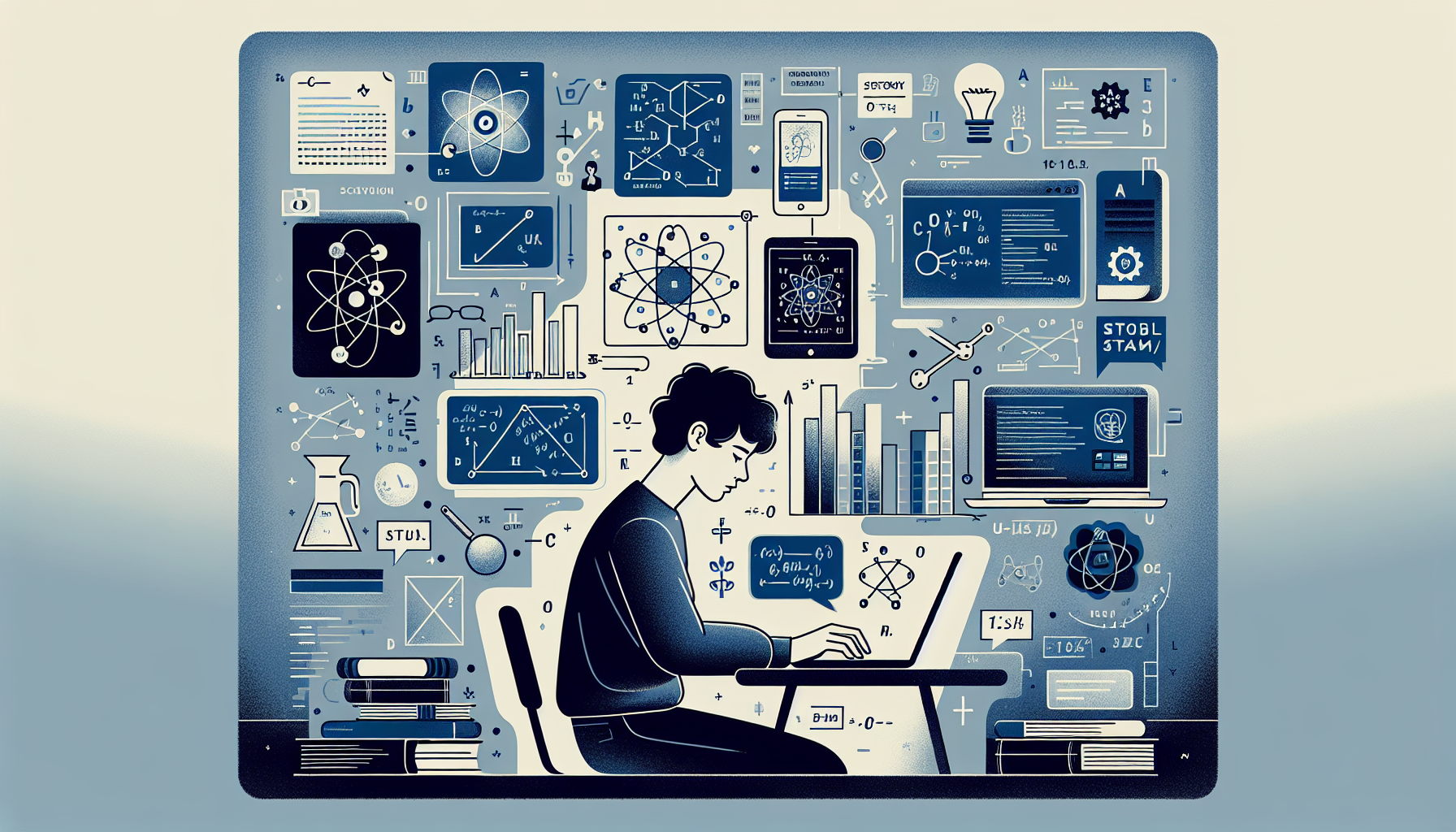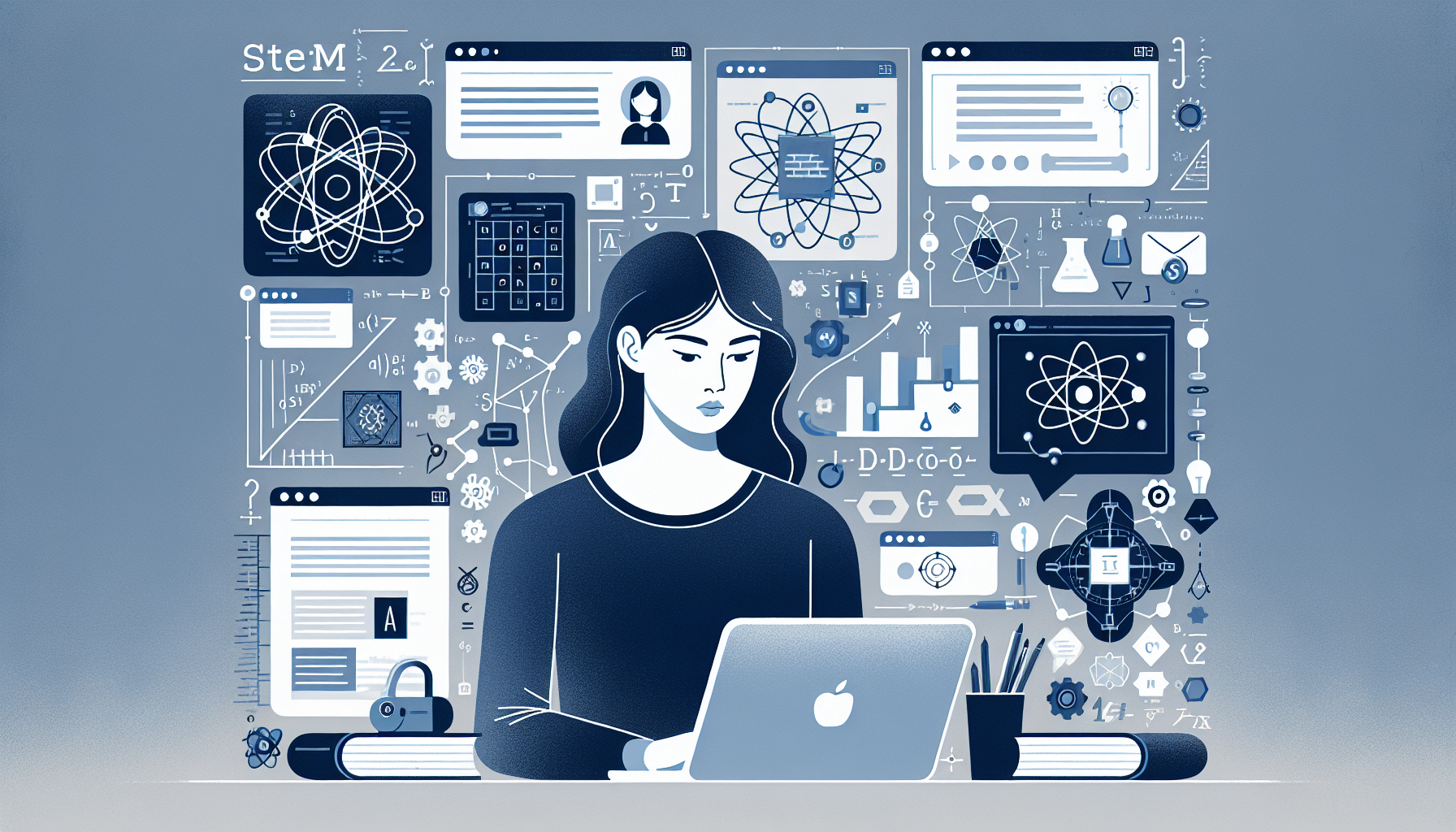Mindset shifts for STEM success can make a profound difference for students grappling with rigorous coursework. By focusing on how you approach challenges, you can discover strategies to transform academic struggles into remarkable achievements. Dive in to learn how a shift in perspective can change the game.
Mastering Complex Concepts Through Strategic Mindset
Mastering complex concepts in STEM often feels overwhelming, but adopting a strategic mindset can turn this challenge into an opportunity for growth. By focusing on understanding the underlying principles rather than just memorizing facts, students can develop a deeper comprehension of difficult topics.
Adopt a Growth Mindset
Believing that intelligence can be developed is key. A growth mindset encourages you to see challenges as opportunities to learn, rather than insurmountable obstacles. This perspective can help you persist through difficult topics and improve over time.
Break Concepts into Manageable Parts
Complex subjects often contain multiple layers. By breaking down these topics into smaller, more digestible parts, you can tackle each section individually. Creating a concept map can help you visualize and organize your thoughts efficiently.
Practice Active Learning
Engage with the material actively rather than passively reading or listening. Active learning techniques such as teaching back the material, engaging in discussions, or applying concepts to solve problems can greatly enhance understanding and retention.
Aligning Study Habits With STEM Success
Aligning your study habits with STEM success requires a mix of effective strategies and consistency. Start by setting clear goals for each study session. Break down your tasks into smaller, manageable parts to maintain focus and avoid feeling overwhelmed.
Creating a Study Schedule
Having a structured study schedule can help you allocate dedicated time for each subject. Make sure to balance intensive study periods with breaks to keep your mind fresh and focused. Incorporating short breaks can improve concentration and reduce fatigue.
Utilizing Active Learning Techniques
Active learning is essential for grasping complex STEM concepts. Engage with the material by practicing problems, participating in group discussions, or teaching the concepts to someone else. These practices reinforce understanding and highlight areas where you need more practice.
Leveraging Technology and Resources
There’s a wealth of resources available online designed to aid STEM learning. Use educational apps, online tutorials, and interactive simulations to complement your studies. These tools can provide a different perspective and help clarify challenging topics.
Effective Exam Preparation Techniques For STEM Students
Preparing for exams in STEM subjects can be challenging, but using effective techniques can make a big difference. Start with organizing your study materials and prioritizing content based on the syllabus. This helps in focusing your efforts on the most crucial topics first.
Practice with Past Papers
One of the best ways to prepare is by reviewing past exam papers. This provides insight into the format and type of questions that frequently appear. Practice under timed conditions to simulate the exam environment and improve your time management skills.
Create Summary Notes
Summarizing each chapter into concise notes can aid in revision. Highlight key formulas, concepts, and definitions using different colors. These visual aids can help in quick recall and understanding during the actual exam.
Engage in Group Study Sessions
Studying with peers allows you to discuss difficult concepts and learn from others. Explaining topics to your classmates can reinforce your understanding, while hearing others’ perspectives can provide new insights. Make sure to stay focused and on topic during these sessions.




